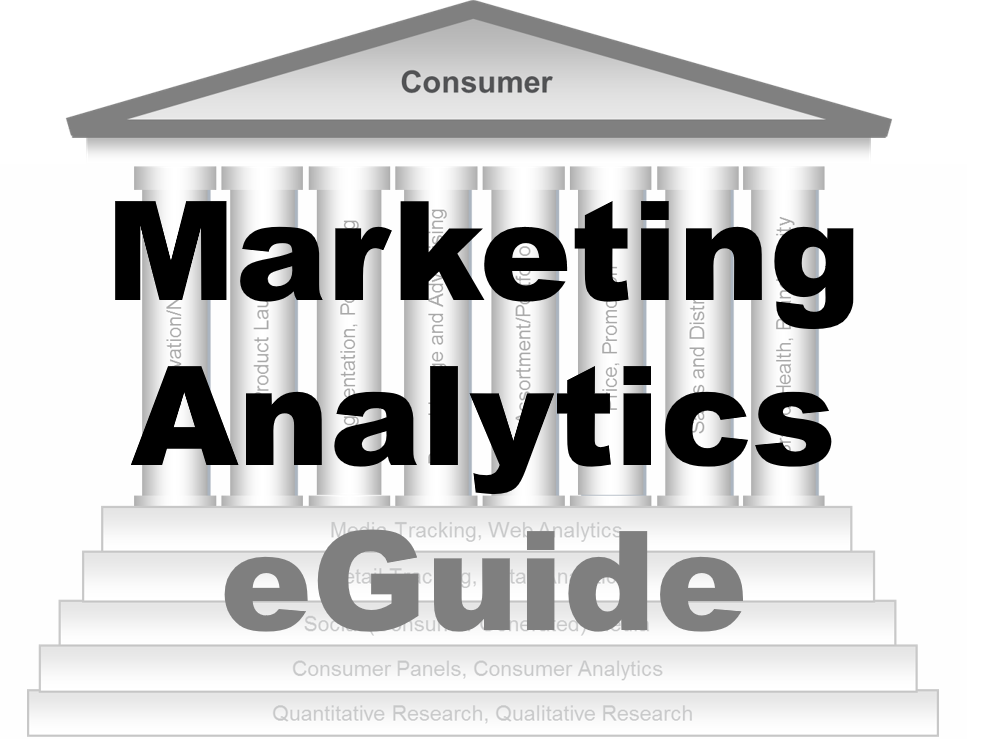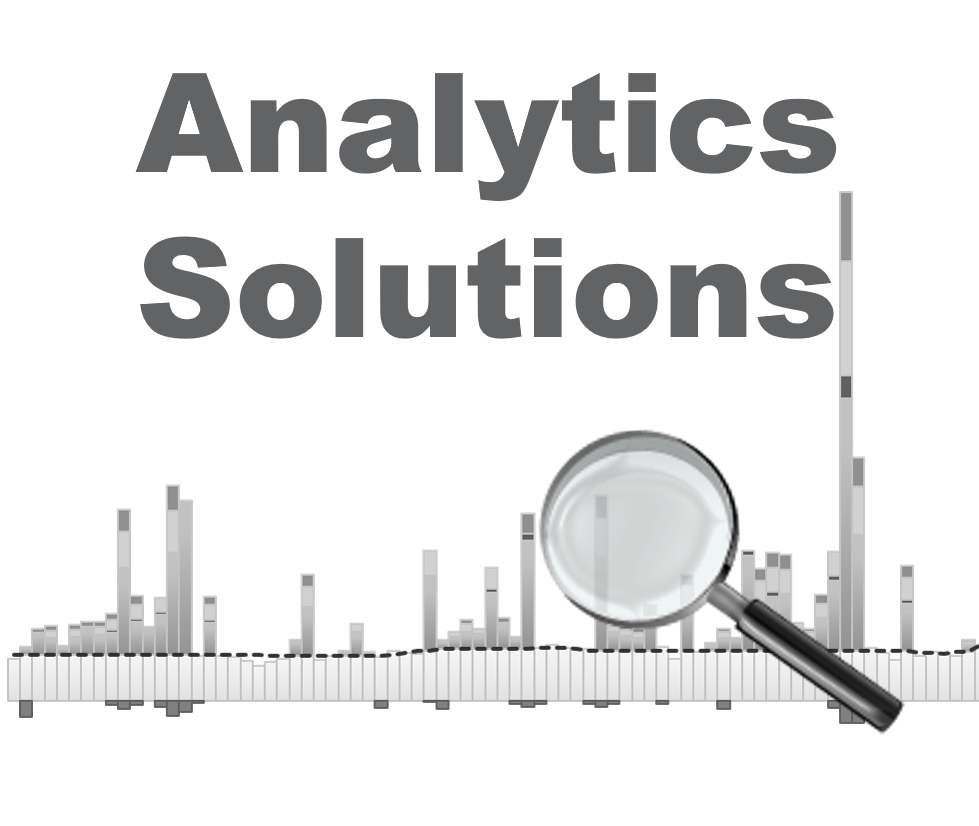-
Big Data & Consumer Analytics
Dunnhumby
Aggregate/Disaggregate data & Consumer Analytics
Big Data
Data Management Tools
Artificial Intelligence, Machine Learning and Deep Learning
Data Mining
Social Media
Optimization
Visualization
Cognitive Systems
Benefits
People
Applications
- Segmentation
- Qualitative Research
- Quantitative Research
- Customer Satisfaction and Customer Value
- Consumer Panels and Consumer Analytics
- Big Data and Consumer Analytics
- Marketing Education
- Is Marketing Education Fluffy and Weak?
- How to Choose the Right Marketing Simulator
- Self-Learners: Experiential Learning to Adapt to the New Age of Marketing
- Negotiation Skills Training for Retailers, Marketers, Trade Marketers and Category Managers
- Simulators becoming essential Training Platforms
- What they SHOULD TEACH at Business Schools
- Experiential Learning through Marketing Simulators
-
MarketingMind
Big Data & Consumer Analytics
Dunnhumby
Aggregate/Disaggregate data & Consumer Analytics
Big Data
Data Management Tools
Artificial Intelligence, Machine Learning and Deep Learning
Data Mining
Social Media
Optimization
Visualization
Cognitive Systems
Benefits
People
Applications
- Segmentation
- Qualitative Research
- Quantitative Research
- Customer Satisfaction and Customer Value
- Consumer Panels and Consumer Analytics
- Big Data and Consumer Analytics
- Marketing Education
- Is Marketing Education Fluffy and Weak?
- How to Choose the Right Marketing Simulator
- Self-Learners: Experiential Learning to Adapt to the New Age of Marketing
- Negotiation Skills Training for Retailers, Marketers, Trade Marketers and Category Managers
- Simulators becoming essential Training Platforms
- What they SHOULD TEACH at Business Schools
- Experiential Learning through Marketing Simulators
Artificial intelligence, Machine Learning and Deep Learning
Artificial intelligence (AI) is broadly defined as the simulation of human intelligence processes by computers. The processes encompass:
- Learning: Acquisition of information, and the rules for using the information.
- Reasoning: Application of rules to reach probable conclusions.
- Self-correction.
Machine learning is a branch of artificial intelligence concerned with the development of systems that can learn from empirical data. These systems learn to recognize complex patterns and perform tasks based on these capabilities.
Optical character recognition (OCR) and natural language processing are examples of machine learning. Printed characters are recognized automatically, in OCR systems, based on previous examples. A machine learning system could also be trained to classify different types of transactions (e.g., identify fraudulent transactions) or emails (e.g. distinguish spam).
Deep learning (aka deep structured learning or hierarchical learning) is a branch of machine learning where knowledge is structured as a neural network. Algorithms learn as they sift deeper down the layers of the network, progressively accumulating and triangulating knowledge gleaned from nodes in the outer layers.
Applications of AI in its various forms include facial and speech recognition, computer vision, natural language processing, optical character recognition (OCR), analysis of social networks, analysis of medical data and images, material inspection, game playing, for instance, board games like chess, and quiz shows like Jeopardy.
For many of these applications, the performance of artificial intelligence has developed to such an extent that it surpasses natural intelligence, i.e., expert systems are getting smarter than human experts.
Pattern Recognition
Pattern recognition is a set of machine learning techniques that classify raw data according to a specific logic or learning procedure. Broadly speaking there are two types of learning procedures — supervised learning and unsupervised learning.
Supervised learning uses training data that consists of a set of pre-labelled instances. Each instance is formally described by a vector of features, which together constitute a description of all known characteristics of the instance. The learning procedure generates a model that attempts to perform as well as possible on the training data, and generalize as well as possible to new data.
Unsupervised learning, on the other hand, works without pre-labelled training data, to find inherent patterns in the data that can then be used to classify data instances. Classification of data based on unsupervised learning is normally known as clustering.
Neural networks
Neural network (aka artificial neural network) is a nonlinear predictive model that learns through training, and resembles a biological neural network in structure. It can be used for pattern recognition and optimization.
Like other machine learning methods (i.e., systems that learn from data) neural networks have been used to solve a wide variety of tasks including computer vision and speech recognition, classification of customers (e.g., identifying high-risk, high-value customers) or classification of transactions (e.g., fraudulent insurance claims).
Natural Language Processing (NLP)
Natural language processing is a branch of artificial intelligence (more specifically machine learning) and linguistics that deals with the ability of computers to understand natural languages; i.e., enabling computers to derive meaning from human or natural language input. It relates to the area of human-computer interaction. A common application in marketing is use of sentiment analysis on the web to determine how people feel about a particular subject; e.g., a brand, a company or an individual.
Sentiment Analysis
Sentiment analysis uses NLP and other analytic techniques to identify and extract subjective information from textual content such as consumer generated media (social media). It seeks content relating to objects of interest, determines the polarity (favourable, neutral, negative) of the content, and assesses the intensity of the sentiment. The net advocacy index described in Brand Equity, is one example of sentiment analysis to assess how netizens feel about brands.
Ensemble Learning
Ensemble learning is the process by which multiple predictive models, such as classifiers, are combined to improve the predictive performance of the constituent models.
Previous Next
Use the Search Bar to find content on MarketingMind.
Contact | Privacy Statement | Disclaimer: Opinions and views expressed on www.ashokcharan.com are the author’s personal views, and do not represent the official views of the National University of Singapore (NUS) or the NUS Business School | © Copyright 2013-2025 www.ashokcharan.com. All Rights Reserved.





